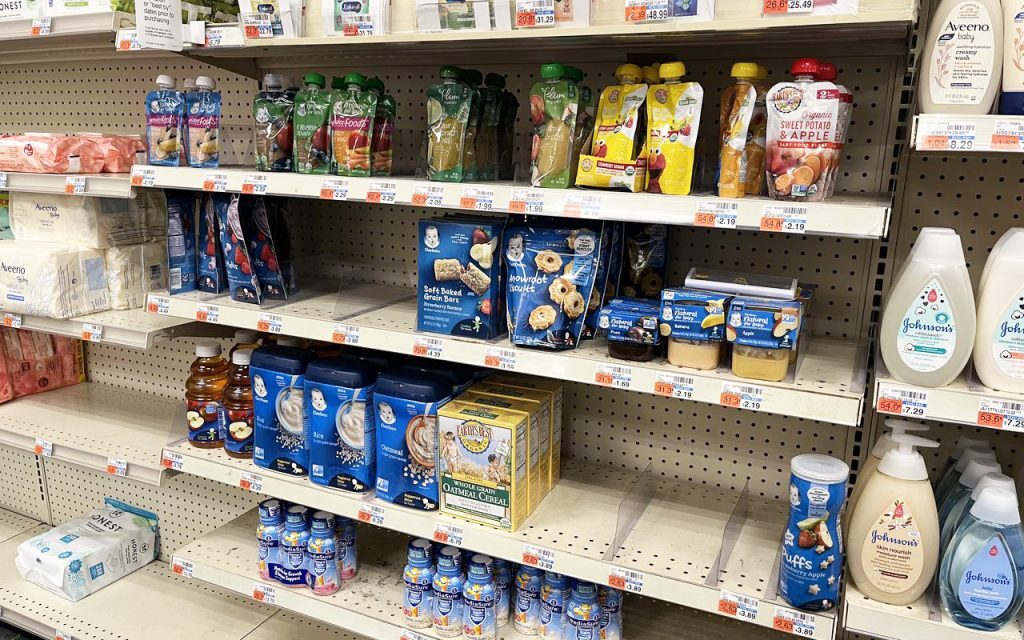By Leada Gore
The shortage of baby formula is getting worse.
Figures from Datassembly shows for the first seven months of 2021, out-of-stock percentages for baby formula fluctuated between 2-8%. In July, that moved into double digits and, by the end of November, reached 11% nationwide. By April 2022, the figure hit 31% with 7 states – Connecticut, Delaware, Montana, New Jersey, Rhode Island, Texas, and Washington – reporting outages of higher than 40%.
“This issue has been compounded by supply chain issues, product recalls and historic inflation,” Datasembly CEO Ben Reich told CNN. “Unfortunately, given the unprecedented amount of volatility to the category, we anticipate baby formula to continue to be one of the most affected products in the market.”
Baby formula shortage 2022: What stores are rationing? When will it end? What to know
Baby formula recall: Similac, other products recalled after illnesses
Baby formula recall expanded: Additional lot of Similac recalled after infant’s death
Shortages of baby formula were first reported during COVID-19 after manufacturers reported supply issues. The program was exacerbated in February by a recall from Abbott Labs, maker of popular formula brands Alimentum, Similac and EleCare formulas after five infants fed the formula contracted a Cronobacter sakazakii infection. Two of the infants died.
Supply issues have promoted major retailers such as Walmart, Target, Walgreens and CVS to limit formula purchases. Walmart has capped formula purchases at 5 per person; Target at 4. Both Walgreens and CVS have limited people to three infant or toddler products per transaction.











